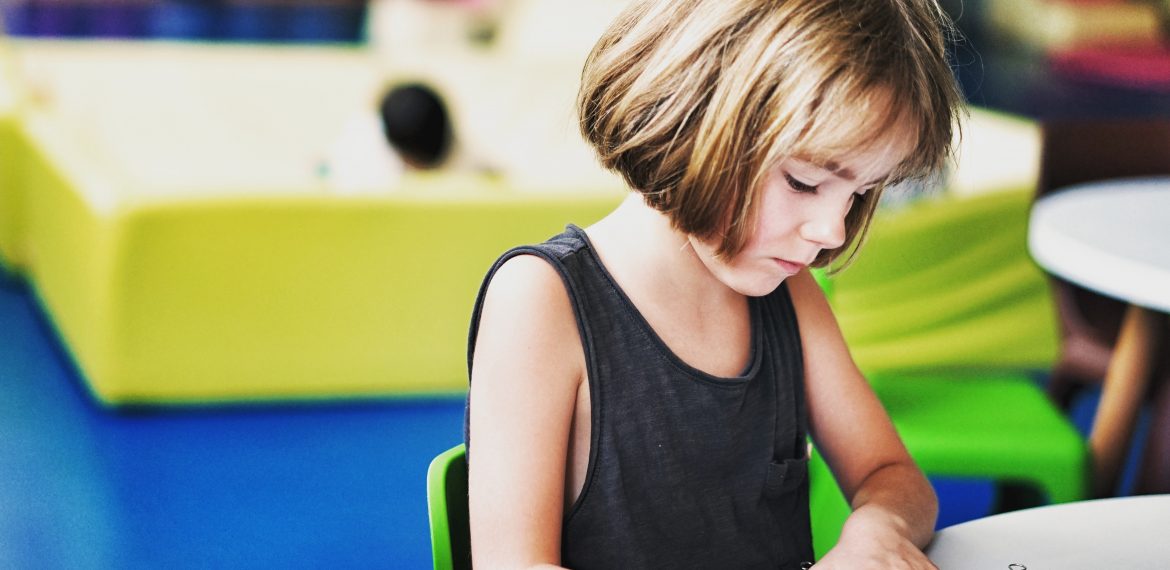Starts, as the name, suggests, with a problem. In this model, students are presented with an open-ended problem. Students must search through a variety of resources, called trigger material, to help them understand the problem from all angles.
In problem-based learning, there is no one right answer to the problem. Instead of working towards one “right” answer, students exercise critical thinking skills and develop their solutions. Often, the problems use are real-world examples of complex problems.
Typically, students work in small groups to solve the problem. This allows for students to practice working collaboratively. Each student must assist in coming up with solutions, then work as a team to evaluate each solution and determine which is best.
